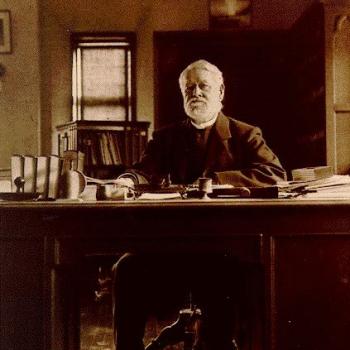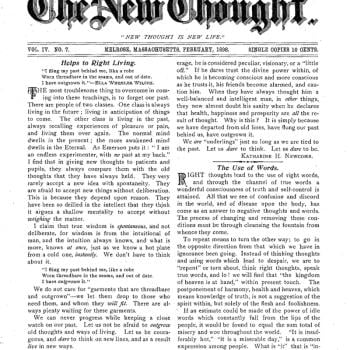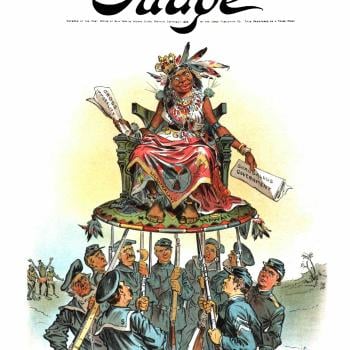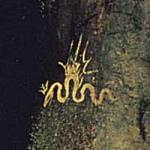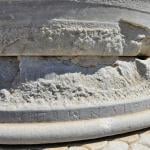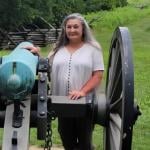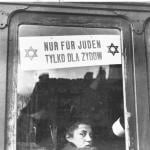I have written about the apocalyptic atmosphere that was so much in evidence in 1918, the era of (quite literal) famine, plague, death and war. As so often before in history, an era of global catastrophe resulted in an upsurge of radical sects, both inside the Christian tradition and in the esoteric world. Some had an impact beyond their numbers. In consequence, the years around 1918 marked what we can only call a classic cult panic.
US authorities devoted serious attention to fringe religions as possible vehicles of German propaganda and sabotage, but by far the greatest perceived danger came from the Russellites, followers of the millenarian Charles Russell – what we would later know as the Jehovah’s Witnesses. The Russellites daringly opposed the Great War as part of the continuing diabolical work of earthly governments. At a time of hyper-patriotism and spy fever, this stance invited persecution, and law enforcement authorities throughout the US began investigating and observing the Russellites as a deadly enemy of the state.
When the sect disseminated its anti-war views, it ran the risk of charges of sedition or treason. In 1918, the FBI and state authorities obsessively targeted the book The Finished Mystery, a continuation of Russell’s writings, which included a fierce denunciation of war. It was alleged that the German government had financed publication, enabling the book to be distributed free in large quantities, and some 850,000 copies appeared between 1917 and 1920. Police infiltrated religious meetings in small towns and industrial communities, and tracked the distribution of Russellite literature. Possessing The Finished Mystery for sale was enough to earn prosecution under the draconian Espionage Act, and several movement leaders received long prison terms.
But the spiritual crisis of 1918 had other consequences. Through the 1920s, Southern California was famous (notorious) worldwide for its luxuriant undergrowth of sects, cults, and innovative religious movements, and many of the most significant clearly originated in 1918 or 1919. When celebrated occultist Aleister Crowley visited Los Angeles in 1918, he was appalled at the clamor which he encountered from occult amateurs, the “cinema crowd of cocaine-crazed, sexual lunatics, and the swarming maggots of near-occultists.” Theosophy especially had a huge Hollywood following. Spiritualism, meanwhile, was entering one of its greatest ever eras of success and influence nationwide. In 1919 and 1920, the surging popularity of mediums and seances led to a California-based media panic over clients supposedly driven insane by occult involvement.
We can trace a great many manifestations of the occult upsurge. In 1918, an Aquarian Ministry practicing New Thought principles was founded at Santa Barbara. In 1915, H. Spencer Lewis had founded his Rosicrucian order of Ancient Mystical Order Rosae Crucis (AMORC). Though originally based in New York, he soon joined the general westward migration of the esoteric sects: in 1918, he relocated to San Francisco, and in 1927, he created a world headquarters for his movement in San Jose. Another newcomer in Los Angeles in 1918 was Wallace Fard, who went on to be the mysterious hidden messiah of the Black Muslim movement. One of the oddest Californian movements in an odd era was the Perfect Christian Divine Way, which was founded as a commune by William E. Riker in San Francisco in 1916. In 1919, he established his Holy City in the Santa Cruz mountains, where a commune of thirty members lived sexually segregated lives, and turned over their property to Father Riker, to support his lavish lifestyle. The classic cult scenario was already in evidence.
In 1918, fundamentalist evangelical Reuben Torrey was freely denouncing the anti-Christian and diabolical forces at work in the contemporary world, which included not just what he called the cults, including Christian Science, occultism, and Theosophy, but also German modernist theology.
Closer to the Christian mainstream than the cults was the evangelical superstar and megachurch pioneer Aimee Semple McPherson. She first arrived in southern California in 1918, and soon built up an astonishingly successful evangelistic enterprise: by 1925 she had amassed a million dollar fortune, and her Angelus Temple had a five thousand seat auditorium and a complete broadcasting studio. Her station KFSG broadcast the Foursquare Gospel, and 240 lighthouses or local churches were affiliated with the Temple. By 1929, she was said to have twelve thousand followers in Los Angeles, thirty thousand elsewhere. Sweet Daddy Grace began his preaching in 1919, and who became absolute head of the United House of Prayer for All People. The group soon possessed twenty churches along the eastern seaboard.
When in 1926, H. L. Mencken tried to explain Aimee’s popularity, he suggested dismissively that “there were more morons collected in Los Angeles than in any other place on earth… The osteopaths, chiropractors and other such quacks had long marked and occupied it. It swarmed with swamis, spiritualists, Christian Scientists, crystal-gazers, and the allied necromancers.” He was describing a boom in enthusiastic and fringe religion that had its origins precisely in 1918.



